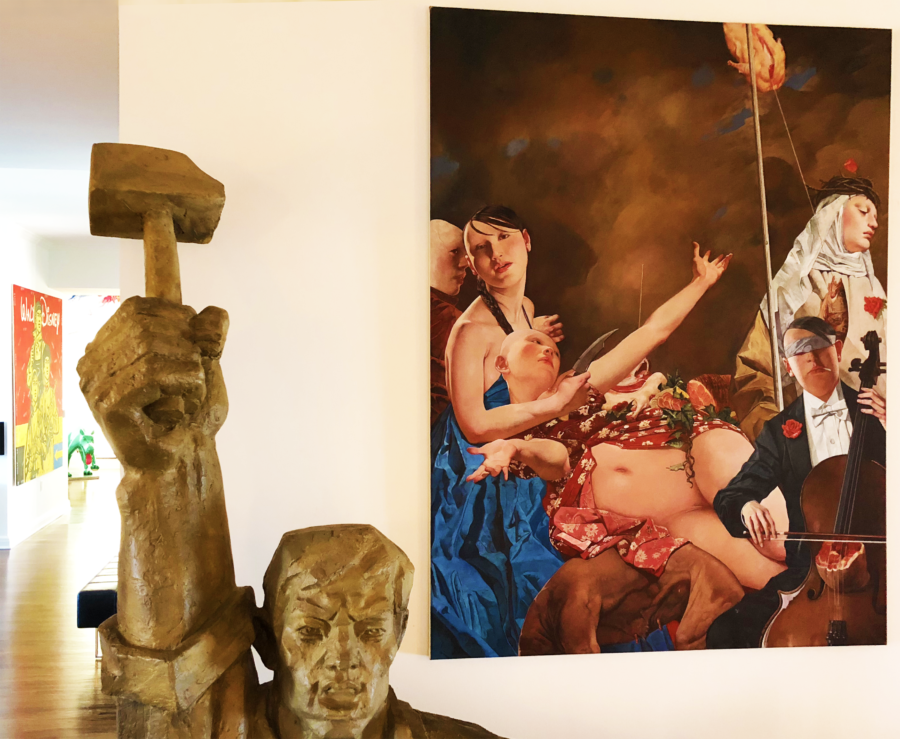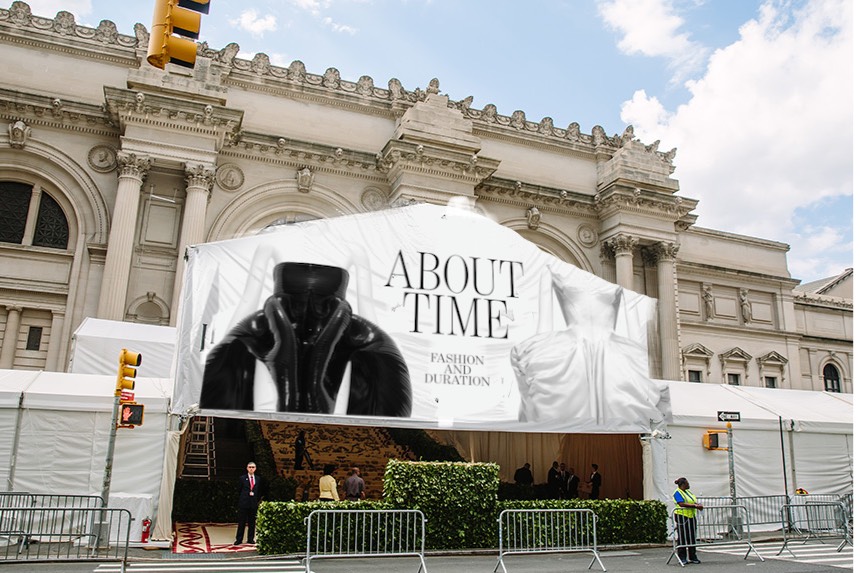This is the info you’ve been waiting for—the inside scoop on negotiating and paying for art.
The art market is getting more transparent, but there’s still a lot of ‘price upon request’ nonsense. More and more dealers are figuring out that this just alienates potential customers. Until they all do, you’ll have to work up the courage to ask about a work without knowing whether you can afford it.
Here’s how to minimize the awkwardness. Gallerists, and especially artists, hate it when collectors immediately talk money. It makes them feel like that’s all you care about. If it turns out you can’t afford a work, talking price first thing also makes the conversation awkward for you. Instead, it’s worth taking a few minutes to learn as much as you can about why it hit you in the gut. Then, even if the piece is out of your budget, you’ll still be closer to finding others that are.
Ask about the art first, not the price. Even if you already know the artist and are ready to take a work home, start with, “is this work available?” not, “how much is it?”
Buying art isn’t like other negotiations where acting coy helps. Galleries and artists want their work to go to collectors who’ll love and cherish it over the long term. That’s partly for emotional reasons but also because of the real impact collectors have on artists’ careers. Getting into solid collections builds good provenance (history of ownership)—another stamp of approval that increases art’s value.
If you seem like you’re going to flip a work, they’ll be less likely to sell to you. I’m not exaggerating. The art world is small. If galleries and artists find out you’re flipping works, you can be blackballed from buying…and not just from one gallery. (I’ll tell you more about why later.)
Let sellers know how much you love their work. Gush- A LOT. Then delicately ask about the price. Try “what price range are these works in?”
Don’t negotiate for inexpensive works. If you love a unique work that turns out to be $500 or less, it’s uber uncool to negotiate. At this price, you’re probably buying directly from the artist. They’ve put their soul into their work and are just starting to build their career. Cut them a break and pay whatever they’re asking. A unique work of art takes hard-won talent, materials, and time. Anything this inexpensive gives the artist no real profit. So just ante up.
Inexpensive art is usually paid for in cash or with a credit card. Regardless of price, always get an invoice and a signed certificate of authenticity from the seller. These docs don’t have to be fancy, but don’t buy without them. Remember to beware of confusing ‘original’ with ‘unique’. (See my column on Art and Value for the difference between the two.)
Once you start buying art that costs more than $1000, negotiating is the norm. Most art retailers and artists will give you a 10% discount. Don’t expect more unless you’re buying multiple works or it’s the last day of an art fair, when it’s cheaper for the dealer to give you a deeper discount than to ship the work home.
Negotiating is one thing. But if an artist is represented by someone, don’t ever ask them if you can buy directly from them without paying their gallery’s commission. If an artist cuts out their gallery, they risk losing their representation for good. Talk about awkward!
Once you get above $20,000, paying for art over time is really common. Few people have tons of cash laying around, so don’t be afraid to ask if you can pay in installments. Just be aware that you don’t usually get to take the art home until you pay for it in full.
When we commissioned Timothy Hoyer to paint the large watercolor in our living room, we immediately paid him a deposit – 20-25% is the norm. The deposit lets the artist pay for materials and living while they make art for you. When Hoyer finished the work, which is incredibly detailed, we paid him the rest.
As long as you pay on time, buying art on layaway like this can be good for both you and the seller—especially if you’re buying from the artist because, if you pay all at once, they can get pushed into an inflated tax bracket for the year. For other commissions, we’ve arranged to pay 25% per quarter.
Expensive art is usually paid for with a wire transfer from your bank to theirs, but there are new payment and financing options like ArtPaie and Art Money. Uprise Art is also an excellent site for new collectors because they even let you pay for inexpensive art over time.

You can also find great deals at auction. That’s how we bought our Wei Dong. You just have to remember to figure in the commission. Over the past few years, all the major auction houses (e.g., Christie’s, Sotheby’s, and Phillips) have shifted all of their commissions to buyers. So add a 25% commission to the price of anything you’re thinking of buying at auction unless you’re buying really big.
The reason you can get better deals at auction is that hammer prices often have nothing to do with the intrinsic value of the art. The right buyer just might not be in the room. That sucks for artists because auction prices are always public, while retail prices aren’t. Right now, a bad result at auction can seriously damage an artist’s market for no good reason at all.
Here’s a final tip that can really stretch your art budget without screwing artists. This strategy isn’t for beginners—you need to do your research first. You also have to be willing to let someone else buy a work you want. But, once a collector has let go of a piece, enough emotionally to put it up for auction, they don’t want to take it back. In fact, they’re usually only selling it because they need the cash. So, if a work doesn’t sell, you can contact the auction house to see if the seller is open to a lower after-auction offer. It’s a great way to get a work you wouldn’t otherwise be able to afford. Use this strategy wisely and it can make your life!

Holly Hager is an art collector and the founder of Curatious. Previously an author and a professor, she now dedicates herself full-time to help artists make a living from their art by making the joys of art more accessible to everyone.
top image // Timothy Hoyer’s Precession of Orion, a piece we commissioned from the artist.



